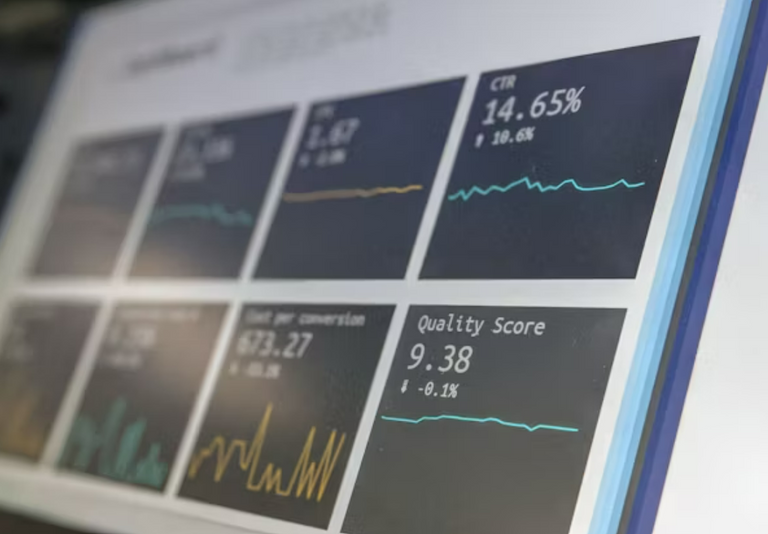Risk management is one of the most important sub-modules in trading, helping traders protect their capital, minimize losses, and maximize long-term profitability. Whether you are trading stocks, forex, cryptocurrencies, or commodities, implementing effective risk management strategies is essential for sustaining success in the financial markets.
What is Risk Management in Trading?
Risk management refers to the process of identifying, assessing, and controlling potential financial losses in trading. It ensures that traders do not expose themselves to excessive risk on any single trade or series of trades, reducing the chances of account depletion.
Successful traders prioritize risk management over potential profits, ensuring that their losses remain controlled even when the market moves against them.
Key Components of Risk Management
1. Position Sizing: Controlling Trade Size
Position sizing refers to how much capital you allocate to a single trade. A general rule of thumb is to risk only 1-2% of your total trading capital per trade.
For example, if you have $10,000 in your trading account, a 1% risk per trade means you should risk no more than $100 on any single trade.
Position sizing formula:
[
\text{Position Size} = \frac{\text{Risk Per Trade}}{\text{Stop-Loss Distance}}
]
Where:
- Risk Per Trade = Total capital × Risk percentage (e.g., 10,000 × 1% = $100)
- Stop-Loss Distance = Difference between entry price and stop-loss price
2. Stop-Loss and Take-Profit: Setting Limits
A stop-loss order automatically closes a trade when the price reaches a certain level, preventing excessive losses. A take-profit order, on the other hand, locks in profits when the price reaches a target level.
How to Set an Effective Stop-Loss:
- Technical Stop-Loss: Placed at key support/resistance levels based on technical analysis.
- Volatility-Based Stop-Loss: Adjusted based on market volatility (e.g., ATR indicator).
- Percentage Stop-Loss: Based on a fixed percentage of your capital (e.g., 2% of your balance).
Example:
- If you enter a stock trade at $50 and set a stop-loss at $48, your risk per share is $2.
- If you set a take-profit at $55, your potential gain is $5 per share.
3. Risk-to-Reward Ratio (RRR): Balancing Risk and Profit
The Risk-to-Reward Ratio (RRR) helps determine if a trade is worth taking. A common guideline is to aim for an RRR of 1:2 or higher, meaning you aim to make at least twice the amount you risk.
Formula:
[
\text{RRR} = \frac{\text{Potential Reward}}{\text{Potential Risk}}
]
Example:
- Risking $100 with a potential profit of $200 → RRR = 1:2
- Risking $50 with a potential profit of $150 → RRR = 1:3
A higher RRR ensures that even if you have more losing trades than winning trades, your account remains profitable over time.
4. Diversification: Avoiding Over-Concentration
Diversification involves spreading risk across multiple assets instead of concentrating all funds in one trade or asset class.
Ways to diversify:
- Trade different asset classes (stocks, forex, commodities, crypto).
- Use multiple trading strategies (trend-following, breakout, mean-reversion).
- Avoid excessive leverage to reduce exposure to a single trade.
Example:
If you trade only tech stocks, a sudden downturn in the tech sector could cause major losses. Instead, you could diversify by also trading energy stocks, forex pairs, or commodities.
5. Leverage and Margin: Using it Wisely
Leverage allows traders to control a larger position size with a smaller amount of capital, but it also amplifies both profits and losses.
For example, 10x leverage means a $1,000 account can control a $10,000 trade size, but even a 10% move against you can wipe out your account.
Best Practices for Using Leverage:
- Use low leverage (1:2 or 1:5) if you are a beginner.
- Always use a stop-loss when trading with leverage.
- Never risk more than you can afford to lose.
6. Emotional Control and Trading Psychology
A strong risk management plan must also include emotional discipline to avoid impulsive trading decisions.
Common psychological traps:
- Overtrading – Taking too many trades due to greed or excitement.
- Revenge trading – Entering impulsive trades to recover losses.
- Fear of missing out (FOMO) – Jumping into trades without proper analysis.
Solutions:
- Stick to a predefined trading plan.
- Maintain a trading journal to track performance.
- Take breaks after consecutive losses to regain clarity.
Example of a Risk Management Strategy in Action
Scenario: Trading a Stock with a $10,000 Account
- Position Sizing – Risking 1% per trade = $100 risk.
- Stop-Loss & Take-Profit – Buying stock at $50, setting stop-loss at $48, and take-profit at $55.
- Risk-to-Reward Ratio – Risking $2 per share with a potential gain of $5 per share → RRR = 1:2.5.
- Leverage Management – Using no leverage or low leverage (1:2) to limit risk.
- Emotional Discipline – Sticking to the plan without adjusting stop-loss levels emotionally.

source
Outcome:
- If the trade hits stop-loss → Loss = $100.
- If the trade reaches take-profit → Profit = $250.
Over time, using such a structured approach leads to consistent trading success.
Final Thoughts
Risk management is the backbone of successful trading. Without it, even the best strategies can lead to failure due to unexpected market movements. By focusing on position sizing, stop-loss orders, risk-to-reward ratios, diversification, and emotional discipline, traders can build a sustainable and profitable trading career.


